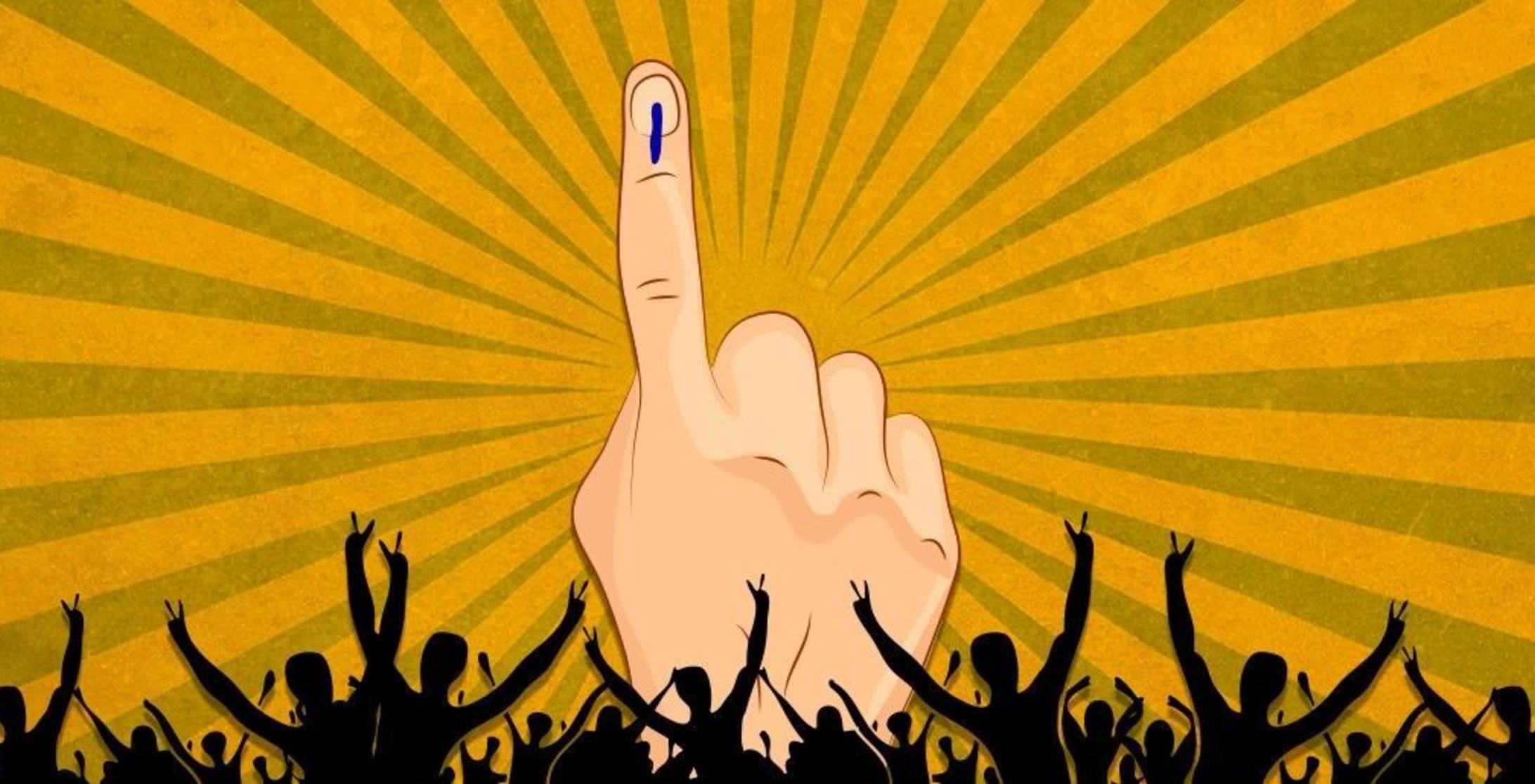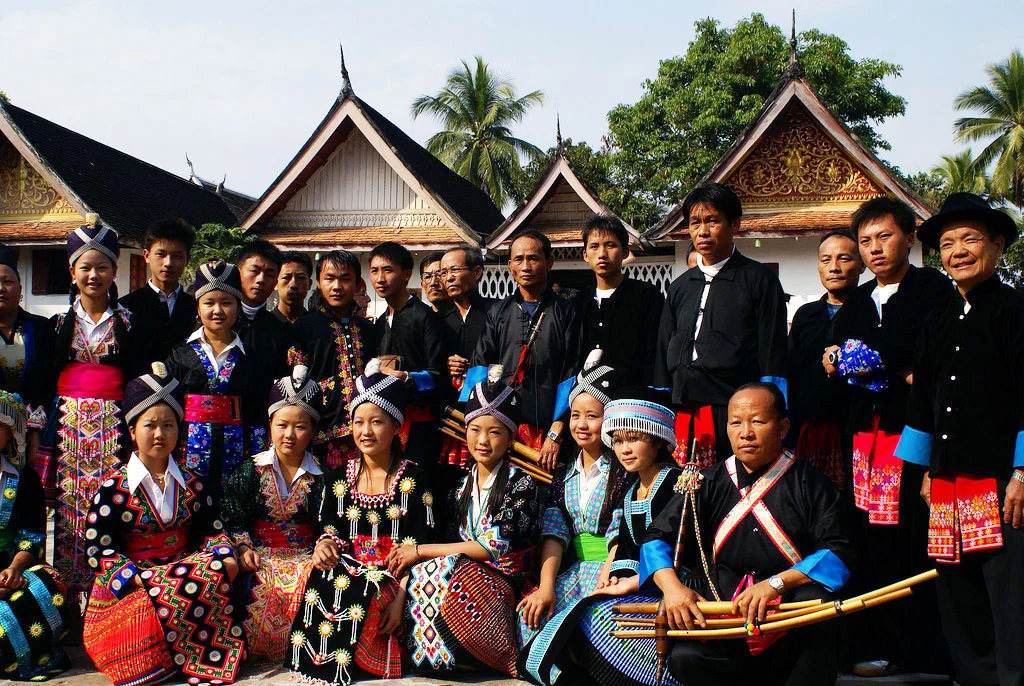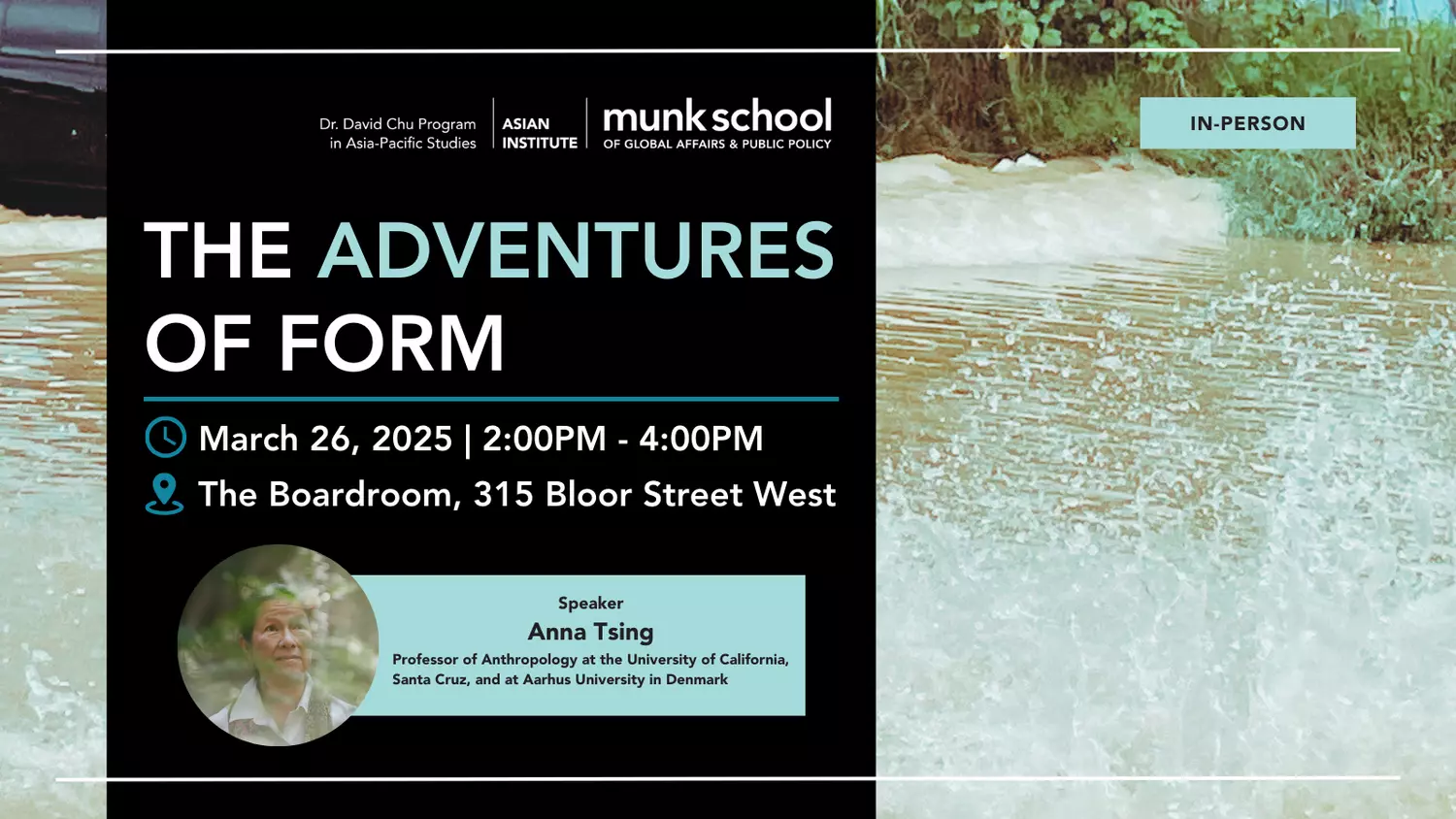“The Vote is our weapon”
There is abundant scholarly work available on the political behaviour of representative democracies but they mostly used quantitative methods to arrive at conclusions. An anthropological scholar by name Mukulika Banerjee who teaches at London School of Economics has adopted a different approach in studying the behaviour of the voters. She later produced these results in the form of a book “Why India votes” in the year 2009 and made a fascinating contribution to this field of study. In order to answer the puzzle her title poses, she embraces ethnographic study by sending 12 scholars across India to work at different field sites amidst the 2009 parliamentary general elections. These Ethnographers with local expertise carried out their fieldwork in Delhi, Tamil Nadu, West Bengal, Kerala, Madhya Pradesh, Gujarat, Chhattisgarh, Bihar, Maharashtra, Rajasthan and two were sent to Uttar Pradesh. Even though the representative samples are by no means perfect, one would fairly assume that it was a decent sample size by looking at the sheer number of people who were interviewed and observed. Because interviewees included thousands of eligible voters starting from a youngster who just attained his right to vote to an old person who has been a part of this democratic process ever since independence. And these people are from various socio-economic-cultural backgrounds who in some sense represent the entire population of the region. Also, for the analysis part of her book, she took a look at the CSDS (Centre for the Study of Developing Societies) national election studies.
Every ethnographer was expected to submit a 10000 word detailed account which encompasses the answers to essentially four broad questions – What standpoint did voters have on the proceedings of the election campaign; In terms of the political language, how plastic was it (fabricating new terms and metaphors to explain Universal Adult Franchise in particular but also the processes of representative democracy in general); What exactly are the affairs on the election day in terms of culture at the booth, how did voters perceive the mere act of voting alongside assessing the behaviour of the booth officials; and lastly, What are the incentives/reasons for citizens to turn up at the polling booth. After gathering the data, Banerjee synthesised these scattered accounts and transformed them into a free flowing document by choosing the titles of her chapters exactly on the lines of these four questions.
In the first chapter titled ‘Campaign’, she talks about the nomination work usually accompanied by songs and processions. She moves on to talk about public meetings by charismatic figures like Rahul Gandhi, Mayawati and Lalu Yadav. During this period, voters as well as party workers receive material things ranging from party flags to unlawfully distributed alcohol. Nominees along with their supporters act their best to impress and lure the voters either by dressing their best or by handing out pamphlets and other merchandise. She concludes with a small piece on ‘Elections as Carnivals’ as they provide an eccentric platform which helps in dangling the general rules of social interaction alongside providing a level playing field. This is in contrast to the conventional view portrayed by the media that elections provide a ground for violence. She testifies this civility by saying that “it is possible to agree with everyone, disagree with no one and yet be able to register one’s opinion.”[1]
‘Political language’ chapter not just mentions the way people talk about politics but also focuses on the in-depth analysis that voters do and she compares this to the kind of analysis that the news channels offer. She talks of the voters’ creativity in using bilingual puns and innovative ways of depicting party symbols. For instance, the use of the term ‘matdan’ and further exploring nuances within it is captivating. ‘Mat’ basically means ‘opinion’ and ‘dan’ means ‘to give’. Instead of just looking at it as an electorally significant term, local people often thought of it as ‘giving without an expectation of return’. Interesting point worth mentioning is that they have attributed this process of voting to traditional notions of ‘dan’ such as gift of food, cattle, labour and at times, Kanyadan (giving/gifting away a daughter in marriage). On the flip side, the chapter talks about the political rhetoric which attributes a certain stature and esteem to the politicians. Bringing in strategic aspects of the local languages like language of caste or newly coined words/phrases is much useful and appealing as “ordinary language is often more advanced than scholarly language in capturing popular perceptions.” [2]
The chapter titled ‘Polling station’ is a continuation to the previous one encapsulating and culminating everything that happened over the couple of months into a grand event. Voters often dress up and wait patiently in the queues to exercise their franchise. They feel very empowered, powerful and often look at themselves as equals and as ‘kings’ for a day. Alongside the process of this ultimate ritual, the chapter mentions several testimonies of the voters as to what exactly their vantage point towards elections is along with their insights. Voters comparing their valuable vote to atoms and grains of wheat informs the reader about the nuances of how people perceive elections in general.[3] The metaphors mean – though an atom is a very small particle, it is packed with a lot of power and so is an individual vote; in the same manner, just like how every grain of wheat heaps up to determine the farmer’s income, every vote adds up in determining which party comes to power.
The broad gauge of this book is to answer the question why. The chapter titled ‘Why do people vote’ explicitly mentions various motives for people to turn up at the polling booth. These include access to material benefits, allegiance to a political party or a particular candidate and sometimes loyalty to one’s own community. Few voters were least interested, nonetheless they performed their part and this can be attributed to peer pressure. It can also be that votes are being casted ‘against’ someone (especially the ruling party) as a form of protest. Few take utmost pride in voting as they feel like they ‘belong to’ or a ‘citizen of’ India by seeing that ink mark on their index finger. Some even mentioned that they turned up at the booth out of habit. These possible explanations as to why India votes is the consequence of the field work of the 12 researchers. All of this enquiry by ethnographers was by no means a struggle because all they had to do was just pose a question and they had the know-how and training to consider every answer earnestly. Noteworthy element here is the fact that Banerjee was too far from over generalizing voters’ opinions; instead, allowed them to speak for themselves.
One major issue which would bother the reader of this book is regarding the basis on which Banerjee has chosen these 12 particular sites. There is no methodology nor any sort of procedure that she provides to justify her selection of sites. This further raises questions on the representative samples. If the sample size is not appropriate, then anything done after that doesn’t really matter as one is bound to arrive at a biased argument in that case. Alongside that, another element lacking here is the exclusion of north-eastern states in this list. It is a major drawback because elections and the electoral behaviour are much different here when compared to the so called ‘mainstream states’ of India.
Secondly, there is a problem with the method Banerjee claims that she has adopted. She kept stressing on the fact that she made use of anthropological approaches while conducting research. According to the discipline of Anthropology, ethnography should be about solving the question of ‘how’. But her work is in clear contradiction to the conventional notion as she delves deep into analysing the ‘why’ question. To state clearly, this book doesn’t concern itself with the puzzle of how voters actually arrive at their voting preferences. Following this, one could fairly state that Banerjee’s averment on her ethnographic priority on what people do (turning up at the polling station) instead of emphasizing on what people think (what criteria decides their decision) failed miserably.
In India, State assembly elections and Panchayat elections are as equally important as Parliamentary general elections. In fact, studying all three levels on an equal scale would offer a better perspective at understanding the voting behaviour of the citizens. However, the author conducts her fieldwork based only on the parliamentary elections. If she would have attempted studying the grassroot and state elections as well, the argument or the reasons would have been much more complex as the choice that the voters would be provided with at these levels is limited. Therefore, Banerjee and her fellow researchers’ study has only answered the book’s key question partly, but not in entirety.
Despite all the odds, this book substantially made its contribution to the study of elections in India by laying down a comprehensive depiction of parliamentary elections in various parts of the nation. It also offers a micro and macro analysis of general elections which is worth mentioning. As far as the writing style is concerned, it is very lucid and well articulated and overall, it is a fairly decent read. It clearly establishes the fact that elections in India are crucial in and of themselves. It highlights the enthusiasm with which voters gather at the booth, election after election. This is a perfect reply to anybody who calls India as a ‘patronage’ democracy as it celebrates and recognizes the identity of every citizen during the time of elections. In this way, this book asserts that India is an ‘electoral’ democracy.
Sri Nikitha Reddy is an undergraduate student at Ashoka University, Sonepat, India with a major in History and minor in Political Science.
Bibliography
Banerjee, Mukulika. Why India Votes. New Delhi: Routledge, 2014.
Banerjee, Mukulika. “Elections as Communitas.” Social Research 78, no. 1 (2011): 75–98. http://www.jstor.org/stable/23347204.
Banerjee, Mukulika. “Why India Loves to Vote.” The Hindu. The Hindu, May 11, 2016. https://www.thehindu.com/opinion/lead/why-india-loves-to-vote/article8581471.ece.
Banerjee, Mukulika. “Sacred Elections.” Economic and Political Weekly 42, no. 17 (2007): 1556–62. http://www.jstor.org/stable/4419523.
[1] Mukulika Banerjee, Why India Votes? (New Delhi: Routledge, 2014), 86.
[2] Banerjee, Why India votes?, 87.
[3] Banerjee, Why India votes?, 140.








